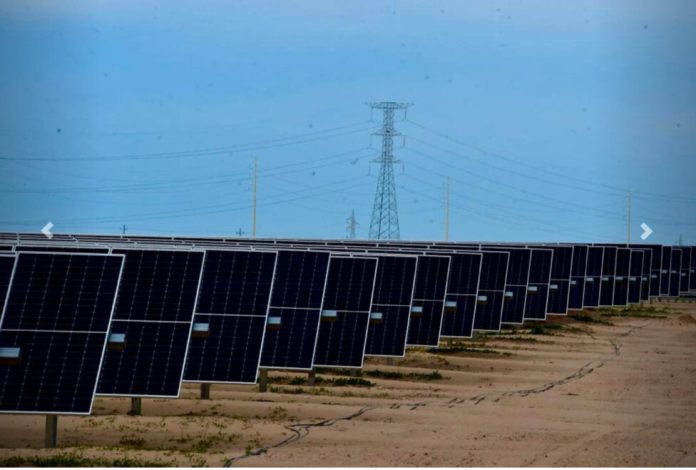MEXICO, Jan 31 (IPS) – This January, Mexico has embarked on a new industrial path for the next six years, where the viability of its energy component faces fundamental challenges that put it at risk.
Energy scarcity is among the main obstacles faced by the economic program of President Claudia Sheinbaum, who has been in office since October.
Researcher Luca Ferrari from the Geosciences Center of the public National Autonomous University of Mexico (UNAM) identified limited financial resources and energy supply as barriers to progress.
“There are budgetary and energy quantity constraints. Increased industrialization for export will run into energy shortages or very limited availability, due to necessary investments and where they will come from. We are in a very precarious energy situation because we are dependent on fossil fuels and are energy deficient,” he told IPS.
Launched on January 13 under the general title of the National Industrialization and Shared Prosperity Strategy, Plan Mexico (PM) consists of 10 objectives, 13 goals, 2,000 projects, and a total planned investment of US$277 billion, which would create 1.5 million new jobs in manufacturing and other sectors.






